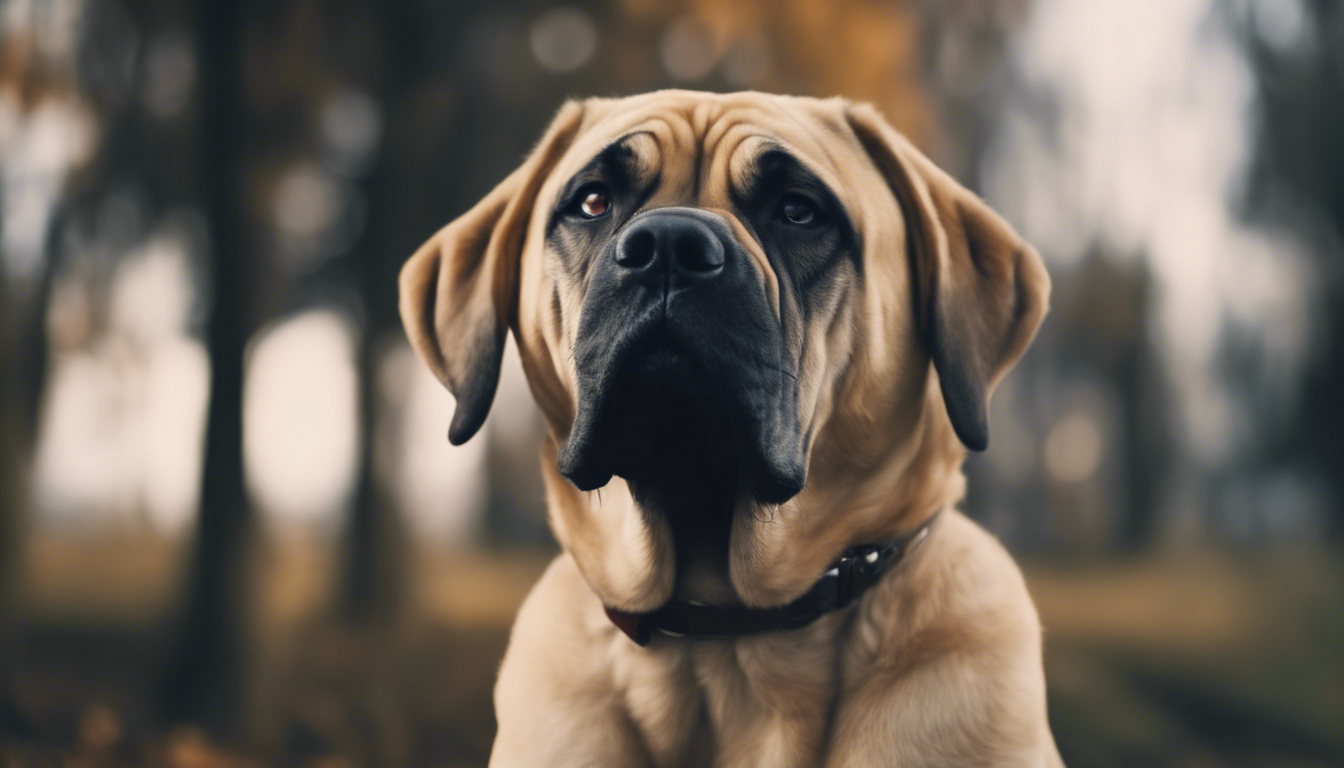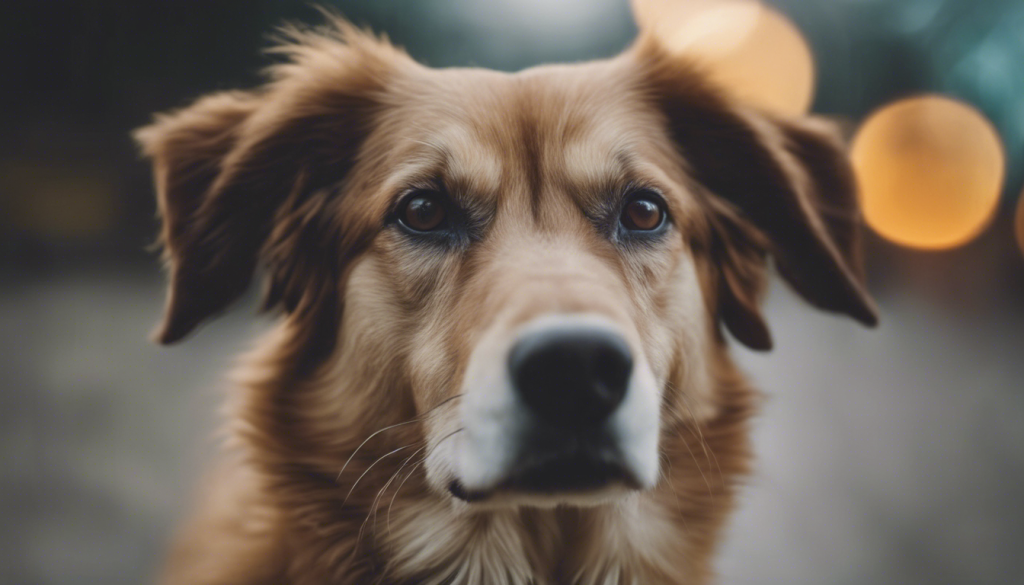Mastiff

Origins and History of the Mastiff Breed
The Mastiff, an imposing figure of strength and nobility, is a breed with a lineage that harks back to antiquity. Woven into history, they’ve stood alongside humans, initially bred for the grandiose purpose of battling fierce wildlife and guarding estates. Originating from the British Isles, they were already established during the time of Caesar, who marveled at their size and prowess during his invasion in 55 B.C. From the early Roman arenas where they clashed with ferocious beasts to the battlefields of medieval Europe where they accompanied knights, Mastiffs have quite the storied past.
As guardians of both property and people, they were once a symbol of status and wealth. In England, their protective traits were so valued that, during the 13th century, the Forest Laws introduced by King Henry III dictated that Mastiffs be employed to guard estates—and as an intimidation tactic, to deter poachers. It wasn’t uncommon for aristocrats to gift these grand dogs as a sign of goodwill or to settle royal disputes.
However, the breed’s survival was threatened as time marched on. By the end of World War II, Mastiffs were pushed to near-extinction in the United Kingdom due to food shortages; owners simply could not sustain their copious amounts. A revival of sorts was sparked by imports from the United States and Canada—countries to which earlier enthusiasts had exported them. Since then, Mastiff numbers and popularity have steadily increased.
The indelible mark of the Mastiff’s lineage is evident not only in historic recounting but also in art and literature. They’ve graced paintings and texts since they became part and parcel of noble life, a testament to their enduring presence through shifts in human history. So, while they might not be fending off wolves or armored foes today, their historical imprint adds a proud legacy to each lumbering step they take by our side in the state-of-the-art world.
Physical Characteristics and Temperament
The awe-inspiring Mastiff is well-regarded for its sheer size and strength, a gentle giant amongst canine breeds. Built with a powerful physique, Mastiffs exude an imposing presence. Males can tip the scales at over 200 pounds and stand up to 30 inches at the withers, while females are slightly smaller. Their coats come in fawn, apricot, or brindle, with a distinctive black mask around their muzzle being a trademark feature. This dense, short coat requires minimal grooming but sheds seasonally.
When it comes to temperament, Mastiffs are a study in contrasts. Known for their calm and affectionate nature, they are famously gentle with children and family members. Their dignified demeanor is often paired with a surprising dash of playfulness that may surface from time to time. However, do not let their docile apartment moments fool you; these dogs are vigilant guardians, always on watch to protect their loved ones. As natural protectors, Mastiffs may be wary of strangers, though socialization can temper any overly protective instincts.
Despite their size, Mastiffs are not as high-energy as some breeds but they still require regular exercise. Adequate daily walks and some playtime will help to keep them healthy and content. Without this, they may become bored and potentially destructive. It is critical that their weight is managed with an appropriate diet in combination with these exercises to avoid stress on their joints and to maintain overall health.
Living with a Mastiff means adjusting to their significant presence in your home. They need space — not just physically because of their size, but also as a sanctuary where they can retreat to relax. Surprisingly for such large dogs, they can adapt well to living in a variety of house sizes, provided they get their regular exercise and plenty of love from their human companions.
In essence, the Mastiff’s personality is one of loyal companionship and gentle confidence; a benevolent giant mindful of its strength. When integrated into a family, they become much more than a pet; they are steadfast protectors, playmates, and beloved members of the household.
Health and Care Considerations
Mastiffs are renowned for more than just their epic proportions; they carry a genetic legacy that requires conscientious care. Owners should be particularly vigilant when it comes to their dog’s joint health, given their massive structure and weight. Hip and elbow dysplasia are common concerns, which can lead to discomfort and decreased mobility. It’s essential to collaborate with a vet to proactively manage these conditions, which may involve weight management, dietary supplements, and sometimes surgical intervention in severe cases.
Educating oneself about bloat, or gastric dilatation-volvulus (GDV), is also critical. This frightening condition can be fatal if not addressed quickly and generally occurs when the stomach fills with gas and twists. Prevention tactics include feeding your Mastiff smaller, more frequent meals rather than one large feeding, and avoiding vigorous exercise around meal times.
Grooming is simultaneously straightforward yet vital in preventing other health issues. Regular brushing not only manages shedding but also provides the chance to check for skin infections, which can arise in their folds. Additionally, keeping their nails trimmed will prevent problems with walking, which could also exacerbate joint stress.
On the nutritional front, a Mastiff’s diet should be carefully calibrated to ensure both adequate growth and prevention of obesity. This balance is pivotal, as excess weight can significantly impact their already sensitive joints and overall vitality. Feeding high-quality food that’s appropriate for large breeds, rich in nutrients, and avoiding overfeeding can go a long way in this regard. Moreover, sticking to a feeding schedule and restricting treats can help prevent overindulgence.
In addition, Mastiffs are prone to certain inheritable conditions such as heart diseases, including cardiomyopathy and mitral valve disease, so regular veterinary check-ups are non-negotiable. Early detection through routine screenings offers the best prognosis.
Lastly, providing proper dental care through brushing or dental chews can prevent gum disease and other health complications. For first-time Mastiff owners, it may seem daunting to manage these health and care considerations. However, with a blend of daily maintenance routines, preventative care strategies, and regular check-ups, owning a Mastiff is a highly rewarding experience that brings companionship unlike any other.
When you commit to the responsibility of caring for a Mastiff, you not only embrace a pet, but also a devoted companion that will share in your life’s journey with a steadfast heart and unwavering loyalty. Caring for their health and comfort is simply part of the unique bond you develop with these majestic creatures.
Training and Socialization Practices
When embarking on the venture to train a Mastiff, the importance of early socialization and consistent, positive training practices cannot be overstated. Young Mastiffs, despite their eventual size, start out as impressionable puppies and benefit immensely from early exposure to different people, environments, and situations. This helps them develop into well-rounded adults, curbing any natural tendencies toward shyness or overprotectiveness.
Consistency is key in training sessions. Due to their intelligent yet willful nature, Mastiffs respond best to a trainer who is firm but fair. They are sensitive souls, so harsh methods or negative reinforcement not only are ineffective but may also damage the trust between Mastiff and owner. Positive reinforcement techniques, such as using rewards like treats or praise, foster a more enjoyable learning experience for these gentle giants.
Mastiffs are indeed capable of learning a wide range of commands, but patience is crucial—sometimes they may seem stubborn when, in reality, they are just taking their time to understand what is being asked of them. Short, engaging training sessions will prevent boredom and keep them eager to learn. Obedience training from a young age instills good manners and makes them more manageable as they grow to their full size, which is not an aspect to take lightly given their immense physical power.
Structured socialization extends beyond exposing the Mastiff to different environments; it also includes interaction with other animals. This can help quell any dominant behaviors and ensure that they know how to play nicely with both smaller pets and larger dogs. Remember that a confident Mastiff is one that has been given the chance to experience the world in a safe and supervised manner.
Lastly, something that Mastiff owners often forget is the importance of mental stimulation. These dogs are as much thinkers as they are protectors. Activities that challenge them mentally, such as puzzle toys or scent work, keep their minds sharp and help mitigate any emergence of unwanted behaviors due to boredom or frustration.
In essence, training and socializing are vital for the wellbeing of your Mastiff. With a loving yet assertive approach to training and plenty of early socialization, Mastiffs can be dutiful, happy companions who are as comfortable at a family picnic as they are while watching over the homestead. Ultimately, the time and effort invested into training a Mastiff are repaid in full with loyalty, love, and the peace of mind that comes from having a well-behaved family member.







